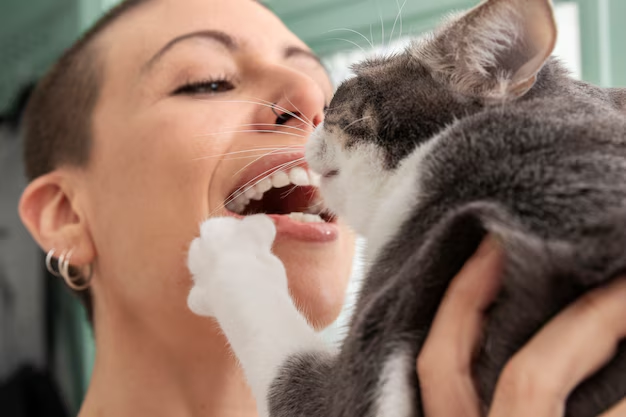Color Change on Your Pet's Teeth: What You Need to Know

Understanding Tooth Discoloration in Pets
Your pet's dental health is more than just fresh breath and clean teeth—it’s a window into their overall health. If you've noticed a change in the color of your dog or cat's teeth, it could be an early warning sign of dental or systemic issues. Tooth discoloration should never be ignored as it can indicate anything from plaque buildup to more serious concerns like tooth decay or internal trauma.
Common Causes of Tooth Discoloration
Tooth discoloration in pets generally falls into two categories: extrinsic and intrinsic. Extrinsic discoloration affects the tooth's surface, while intrinsic discoloration originates from within the tooth.
Extrinsic discoloration is often due to external factors such as plaque and tartar accumulation, staining from certain foods, or poor dental hygiene. This type of discoloration may present as yellow or brown stains and is typically reversible with proper dental cleaning.
Intrinsic discoloration, on the other hand, is more concerning. It often results from trauma, internal bleeding within the tooth, or necrosis (death of the tooth pulp). A tooth that turns pink, purple, gray, or even black may indicate underlying damage or infection, which can lead to pain and tooth loss if left untreated.
What Different Colors May Indicate
Yellow or Brown: This often points to plaque and tartar buildup. Without regular dental cleanings, this can progress to periodontal disease, leading to gum infection and tooth loss.
Gray, Purple, or Black: These colors may indicate internal bleeding or a dead tooth, usually caused by trauma or untreated dental infections. This type of discoloration requires immediate veterinary attention.
Red or Pink: A reddish hue can signal pulpitis (inflammation of the tooth pulp), which is typically the result of dental trauma. This condition can be very painful for your pet and needs prompt intervention.
When to Seek Veterinary Care
Any noticeable change in your pet's tooth color warrants a veterinary evaluation, especially if accompanied by bad breath, difficulty eating, drooling, or signs of pain. Dental issues can progress quickly in pets, leading to severe infections that may affect other organs like the heart, liver, and kidneys.
At Greenway Animal Hospital, we offer comprehensive dental exams, cleanings, and advanced diagnostic tools to assess your pet's oral health. Our experienced team can determine whether your pet's tooth discoloration is due to surface staining or a more serious underlying condition.
The Importance of Preventive Dental Care
Regular dental check-ups are key to preventing tooth discoloration and maintaining your pet’s oral health. Professional cleanings, along with at-home dental care routines, can help prevent plaque buildup, gum disease, and other dental problems.
We recommend annual dental exams as part of your pet's preventive care plan. These visits allow us to catch dental issues early, before they become painful or more complicated to treat.
If you've noticed a change in your pet's tooth color, don't wait for the problem to worsen. Schedule a dental exam at Greenway Animal Hospital today at (803)-239-4477 or visit us at 887 Gold Hill Rd Suite D and E, Fort Mill SC 29708 to ensure your pet's oral health is in top condition.


















